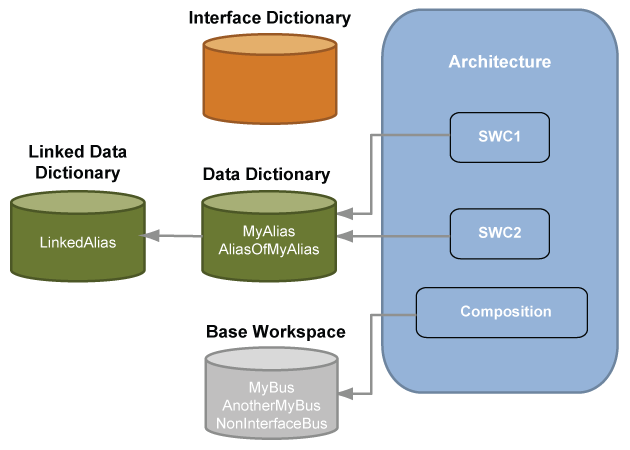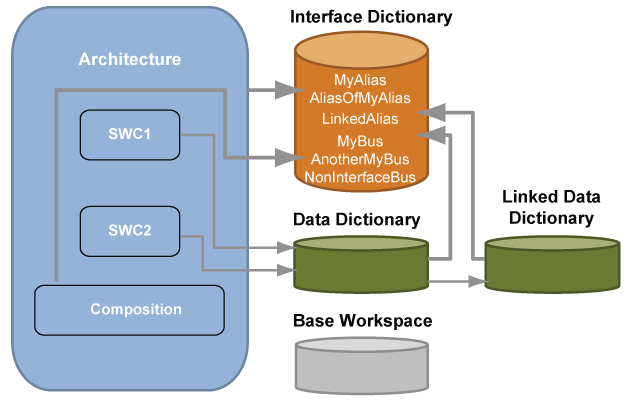revert
Revert interface dictionary migration changes applied from analysis of a model or an architecture
Since R2022b
In R2023b the Architectural Data section of data dictionaries was introduced. When managing interfaces, data types, constants, and software address methods consider using the Simulink.dictionary.ArchitecturalData programmatic interfaces instead. For more information, see Programmatically Manage AUTOSAR Architectural Data.
Syntax
Description
revert( reverts changes that
resolve conflicts in data types and interfaces that were migrated to an interface
dictionary. The migration analysis from the migratorObj)analyze
function identifies these conflicts.
Examples
Input Arguments
Version History
Introduced in R2022bSee Also
Migrator | analyze | analyzeAndApply | apply | save

